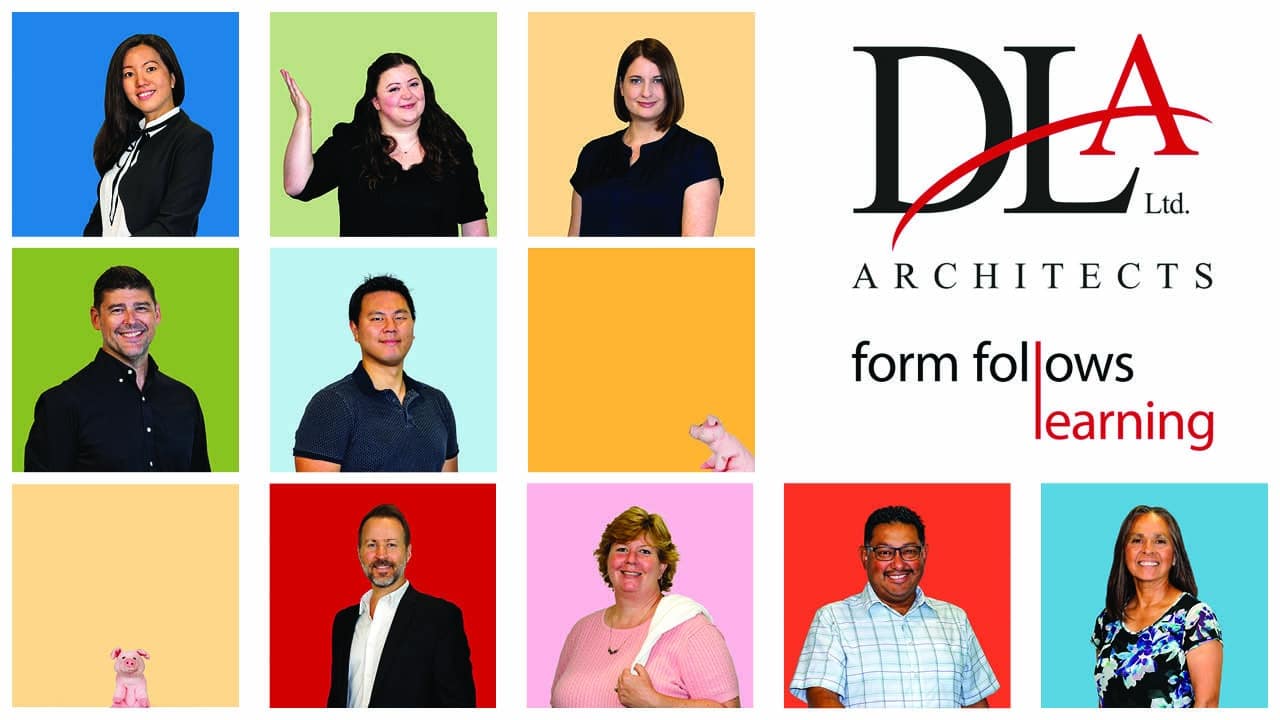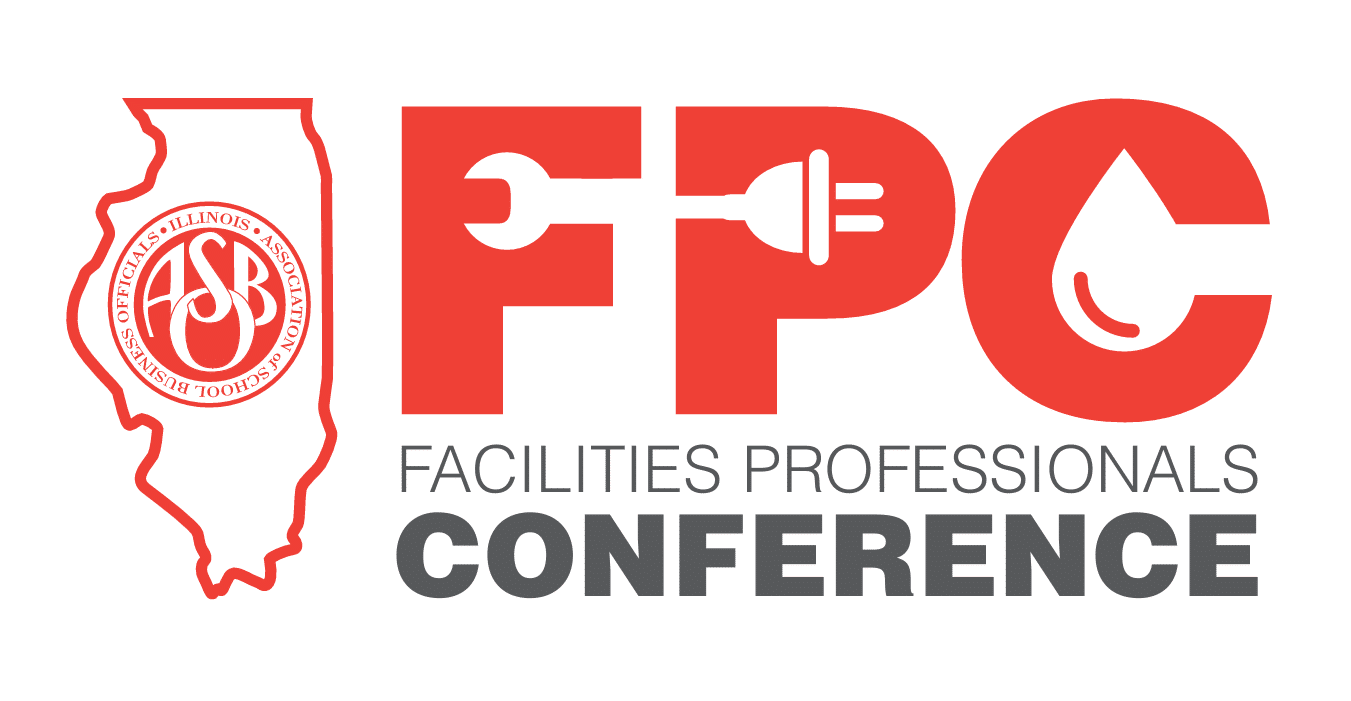The workshop Learning Environments for Tomorrow (LEFT) was a great immersion into the minds of educational professionals and designers all across the world. Together, educators and designers collaborated, debated and even delved into the design of future learning environments. Given what we know about the future with regards to technology, digital textbooks, virtual classrooms, new learning styles like project based learning projects, wikis and so on, the question on everyones’ mind was… How does the architecture accommodate or even inspire the pedagogical styles of the future?
This question has been at the forefront of our minds here at DLA and one of the debates our design group got into at our stay in Cambridge, was, in the future, will there still be schools? If not, why are we designing new ones today? Should we be creating buildings that will last 50 – 100 years from now? Will there be a need for a “classroom”? As you can imagine, this was an interesting debate and one that a school architect might be concerned with. The discussions with educators, administrators, psychologists, project managers and designers revealed that school buildings are currently and will be of vital importance in the future.
While the buildings might change to reflect different pedagogies and social needs, these buildings will still remain a community hub, perhaps more tomorrow than even today. Schools will provide the foundation for children to interact, solve problems together and work with a knowledge facilitator (or teacher as us older folks might say). But at this “school building” students no longer go to classrooms, they work in learning environments that are edgeless. Learning continues way beyond the walls of the school building through mentoring programs, group research and global cultural interaction. Teachers no longer lecture; they coach. Students no longer learn in a vacuum; they solve the problems of the world as a group – and it is a far better process that prepares children to be lifelong learners and active citizens in a global economy.
Thanks to wonderful people facilitating, participating and challenging us all in the LEFT immersion. I know we all walked away with a lot to think about and to implement.



